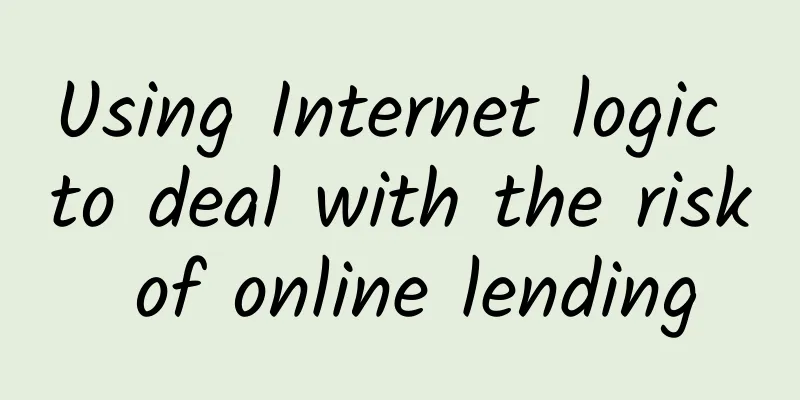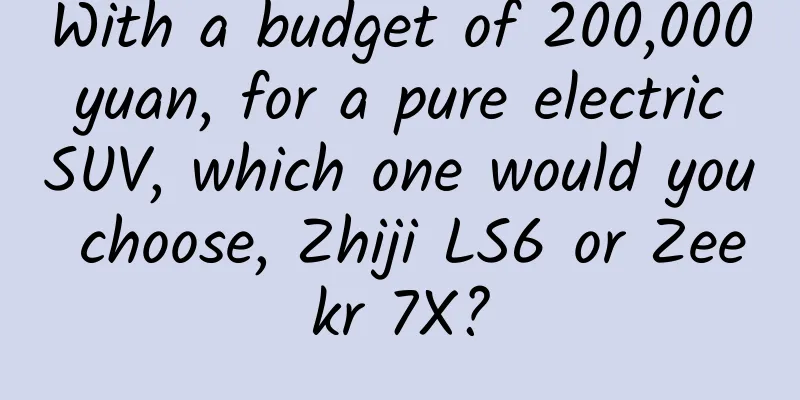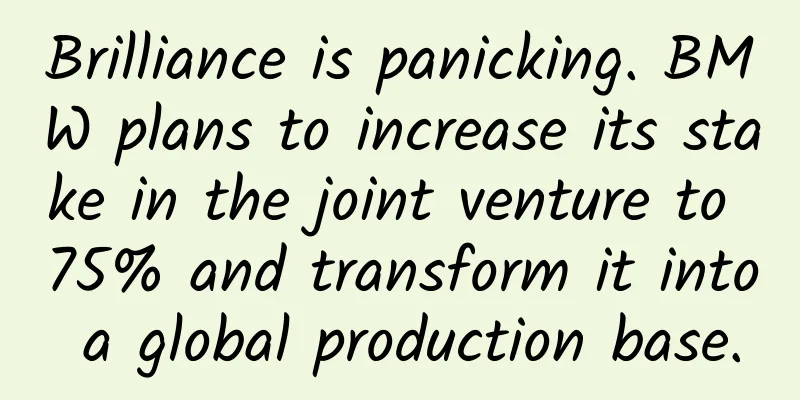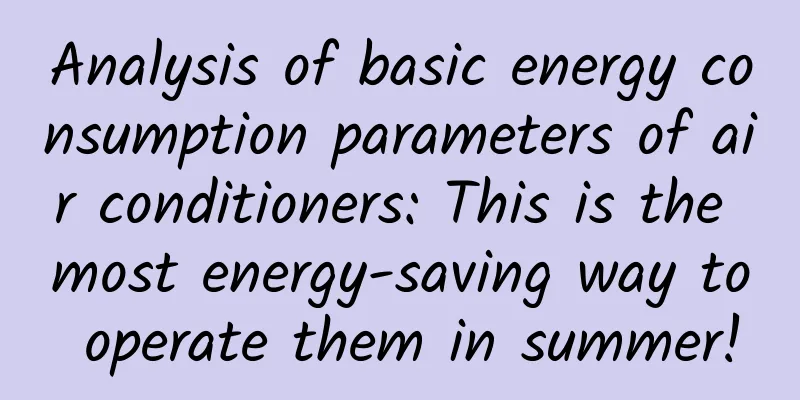Using Internet logic to deal with the risk of online lending

|
Recently, the first case of illegal P2P fund-raising by Oriental Venture Capital was closed, which once again put the credit defects of the online lending model at the forefront. At present, due to the inability to eliminate risks, many P2P platforms have turned to cooperating with third-party guarantee agencies and insurance agencies, looking for external agencies to cover the risks of "naked" online lending. For example, Ping An Lufax's Wenying'an e series is guaranteed by the group's financing guarantee company, and CreditEase cooperates with China Life. In fact, cooperation with guarantee and insurance institutions, or the withdrawal of risk reserves, are all a kind of credit enhancement. This is another old path of centralized risk management that is no different from traditional banks and trusts, which is to aggregate the internal data management and risk control systems of institutions, form investment products with a single risk preference within a certain risk-return range, and sell them to the general public. The volume of risk concentrated by a single preference is largely impossible to accurately measure. Once the default rate exceeds the upper limit of the financing guarantee leverage (regulatory requirements are 10 times), or exceeds the upper limit of the actuarial probability distribution of insurance products, the risk gap will be torn, and investors will have to bear the losses themselves. Therefore, the inherent risks of the P2P platform have not been effectively hedged, and the risk exposure continues to accumulate. The grafting model of guarantee and insurance only treats the symptoms but not the root cause, and while adding uncertainty to the financial system, it distorts the Internet financial model represented by P2P. In addition, the introduction of third-party guarantees or insurance means an increase in investment costs, which changes the optimal structure of risk and return in the financial market, and runs counter to the light capital concept of Internet finance. The management model of traditional financial institutions originated in the industrial economy era. It seeks to centrally manage the entire institution in a pyramidal manner, trying to manage all known and unknown risk factors, and maximizing the elimination or transfer of risk exposure. However, data is currently growing at an even greater rate every day, and the risk control approach of trying to occupy data and expand the entire "cloud" will not be sustainable. The Internet has opened up the mode of interaction between the digital world and the material world with the essence of openness and sharing, and the structure of the financial market will also evolve towards a more diversified, distributed, and refined division of labor system. The P2P model first appeared in the European and American markets, introducing the concept of Internet communities, and is an extended form of highly specialized financial markets. However, due to the imperfect domestic credit system and the lack of full marketization, P2P has undergone mutations after entering China. As its name suggests, P2P means peer-to-peer. What needs to be removed is the medium, what needs to be established is a new community, and what needs to be formed is a distributed and open source system under the Internet, which continuously aggregates and then disperses every piece of data in the market. The data touches and interconnects with each other, finds internal connections, and forms new transaction points, thereby building a distributed market transaction structure. If you want to take something, you must first give it. In a distributed market, the market itself is an infinitely large open source "cloud". Every market participant is a data producer and contributor, and all obtain basic data in a shared manner. In view of the diversification of market risk preferences, risks will be dispersed through in-depth processing of data and then through reverse transactions. Therefore, real online lending is not naked running. What is needed is not credit enhancement but transactions, and the realization of dynamic differentiated investment risk returns in transactions to actively resolve risks. In short, finance under the Internet ecosystem subverts not market demand, but the means and organizational system of financial services. The online loan model was created in this new system. For its risk management, we cannot stick to the narrow traditional financial centralized thinking. We need to use the new ecological logic of sharing and win-win to build a more open and organic market and achieve risk balance in transactions. As a winner of Toutiao's Qingyun Plan and Baijiahao's Bai+ Plan, the 2019 Baidu Digital Author of the Year, the Baijiahao's Most Popular Author in the Technology Field, the 2019 Sogou Technology and Culture Author, and the 2021 Baijiahao Quarterly Influential Creator, he has won many awards, including the 2013 Sohu Best Industry Media Person, the 2015 China New Media Entrepreneurship Competition Beijing Third Place, the 2015 Guangmang Experience Award, the 2015 China New Media Entrepreneurship Competition Finals Third Place, and the 2018 Baidu Dynamic Annual Powerful Celebrity. |
<<: Samsung acquires SmartThings to become the Google of the smart home
>>: Xiaomi MIUI 6: Lei Jun's dilemma and ambition
Recommend
How Apple turned Android into a hardware guinea pig!
Some people say that in Jobs' vision of chang...
Useful Information | General Process for Online Event Operation and Promotion
There is no clear definition of operation and spe...
A local self-media project that can earn at least 5,000+ per month just by accepting advertisements, come and learn about it
There are always some people who are busy working...
A brief analysis of the commercial monetization strategy of automotive apps
The editor has received a small request for inter...
The "Color Business Practice Course" not only teaches you how to match colors, but also covers all color issues in one go!
Course Catalog [Promotional Video] More than just ...
How did they achieve 1,500 orders per day, 30 yuan per customer, and a cumulative turnover of 20 million?
Isn’t it that product sales have encountered a bo...
Tencent emphasizes the difference between WeChat and Wechat
Tencent Chief Financial Officer Luo Shouhan said ...
Hot! Who grabbed the "ceiling among ceilings"?
"Who grabbed the 'ceiling among ceilings...
Li Guoqing opposes giving extra points to the children of medical staff fighting the epidemic. Is it reasonable to give extra points to the children of medical staff fighting the epidemic?
Recently, Li Guoqing, the founder of Dangdang.com...
Summary of bidding data analysis: How to analyze bidding data?
Summary of bidding data analysis: How to analyze ...
How to design a good operation activity?
In addition to working hard on visual design, ope...
Will Super App + Web App dominate the future of mobile Internet?
[[125521]] Since W3C released HTML4 in 1999, the ...
Tips for event planning and promotion!
When it comes to event planning , many people thi...
9-day companionship with the top trader club: three tricks to increase Douyin traffic and solve the growth problem of 1-100
9-day companionship with the top trader club: Dou...









